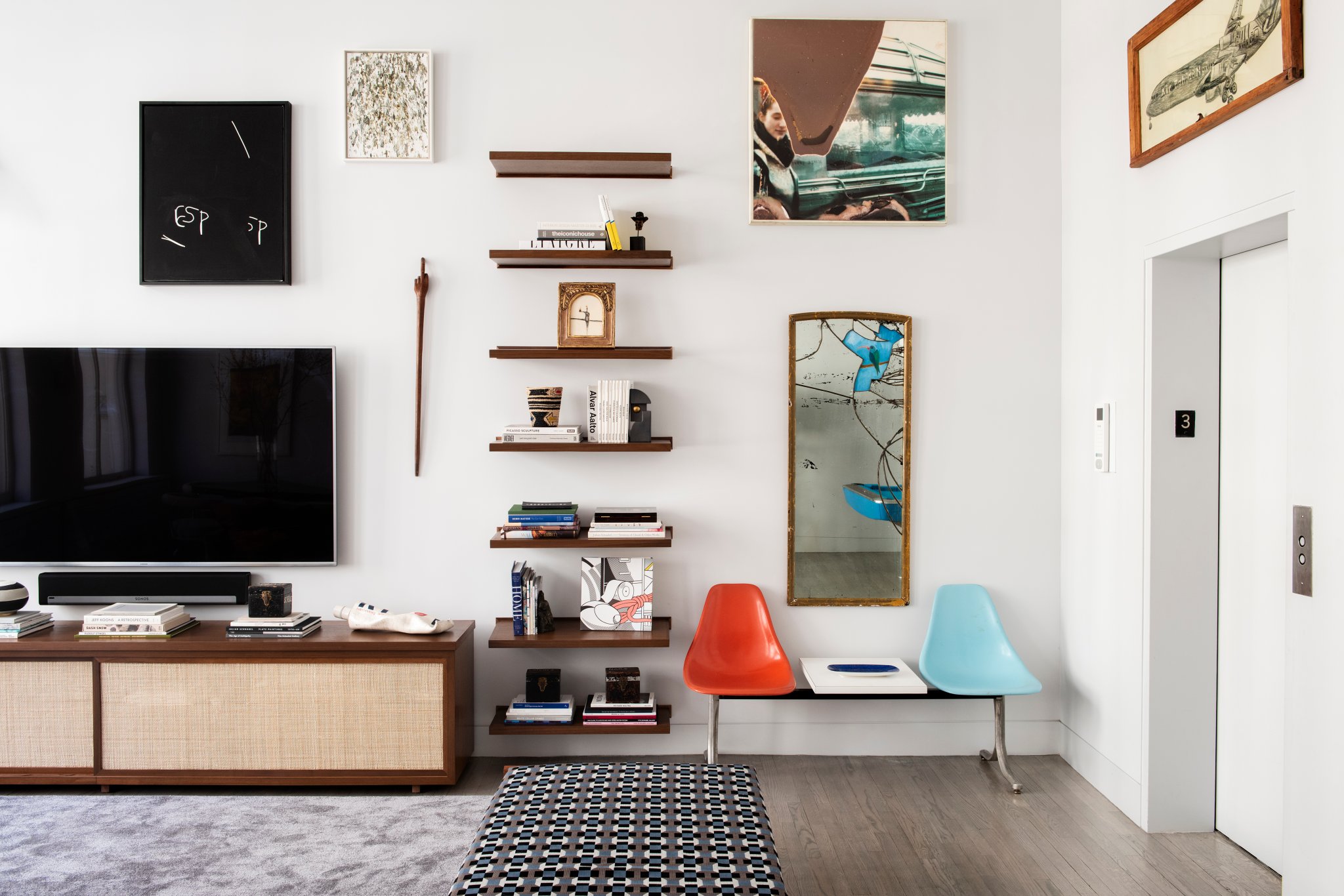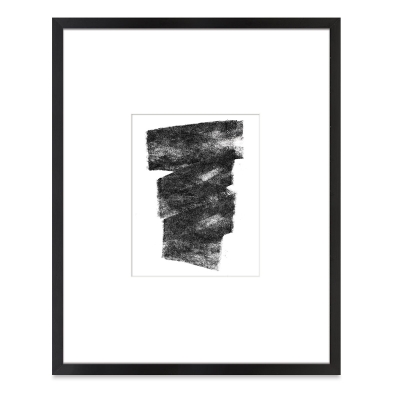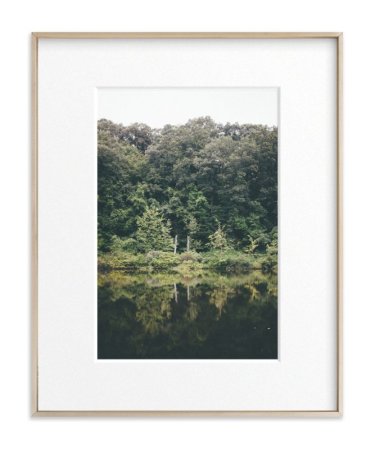We may earn revenue from the products available on this page and participate in affiliate programs.
Interior designer Jessie Schuster has both meteoric creative talent—did you see her Yves Klein Blue room at the Kips Bay Decorator Show House?—and the hard-won experience to back it up. (She worked under such esteemed designers as Kelly Wearstler before launching her own business in 2013.) Of all the vibrant ingredients that make up her eclectic vision, the one that has most often grabbed our attention is the art.

Daring yet elegant, the mix of mediums, scale, and color in a Schuster gallery wall is always worth the price of admission—take the juxtaposition of this vintage print in a retro metal frame with an ultra-pigmented canvas at Kips Bay. For someone whose art curation exudes effortless glamour, it caught us by surprise when Schuster confided that selecting the frame is “the most fun but also the hardest process.” To Schuster, framing is “how you see and define the work of art. It’s an opportunity to enhance how the piece is seen in the space.”
Given framing is not always an intuitive choice, but nevertheless one that has to be made when hanging art, we asked Schuster to share her top tips for a smooth (and transformative) experience.
There’s a Framer for Every Project
Since most of Schuster’s work is bespoke and New York City–based, she usually turns to Sky Frame, 567 Framers, and Rooq Fine Art and Framing. Looking for solid standard frames no matter where you live? Check out Blick or your local art store. Want to save time? Schuster suggests Framebridge for made-to-measure frames shipped right to your door.
You Don’t Have to Splurge
When it comes to deciding how much to budget for your frame, think about volume and value. If you are framing multiple prints meant to live in a set, Schuster recommends going for ready-made frames in a simple black or white finished wood to make your dollar go farther.
A single statement canvas, however, is worth saving up for. Pricing will vary by vendor, but Schuster estimates you can expect to spend between $25 to $45 per square foot of frame. And the designer notes that complementing a work with an exceptional frame “makes you feel like you are a part of the art itself!”

Walnut Gallery Frame
Material Matters
First decide what statement you’re looking to make with this particular piece—the frame can either help it stand out or blend in. Does the image have an earthy, organic feel? Try a natural wood surround. Want to boost a neon print with a throwback vibe? Try an ’80s-friendly metallic moment.
Matting Is Like Tailoring
If your goal is to make your artwork look more finished and elegant, Schuster says go for a mat. Think outside of the white box and try linen, vellum, or colorful fabric. However, if the piece has a unique shape or an interesting edge detail, hold the mat and float it instead.
Look to the Art for Inspiration
In order to achieve a Schuster-level display, it’s essential to “always frame to the art,” as she puts it, instead of to the room or adjacent pieces. A mix of different frames is a good thing—it will give your space a playful energy and ensure each individual moment can stand on its own should you decide to move it to a different wall down the road.
Save your piles of unframed prints and floor-bound paintings from dust and use these designer-approved tips to give them a new home-within-a-home.
Need to figure out what should go in your frames first? How The Wing’s Curator Masters the Art of Art Collecting Why You Should Be Investing in Student Art 12 Colorful Abstract Prints That Will Saturate Your Space



